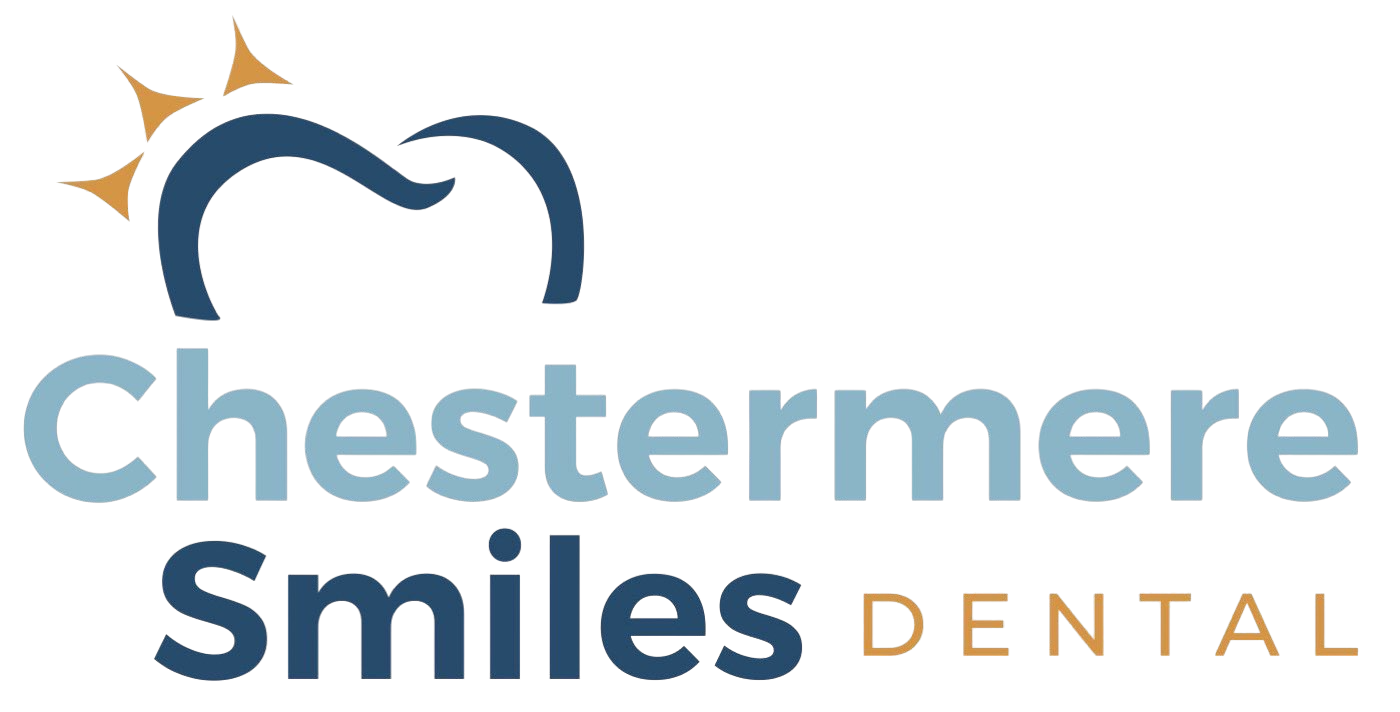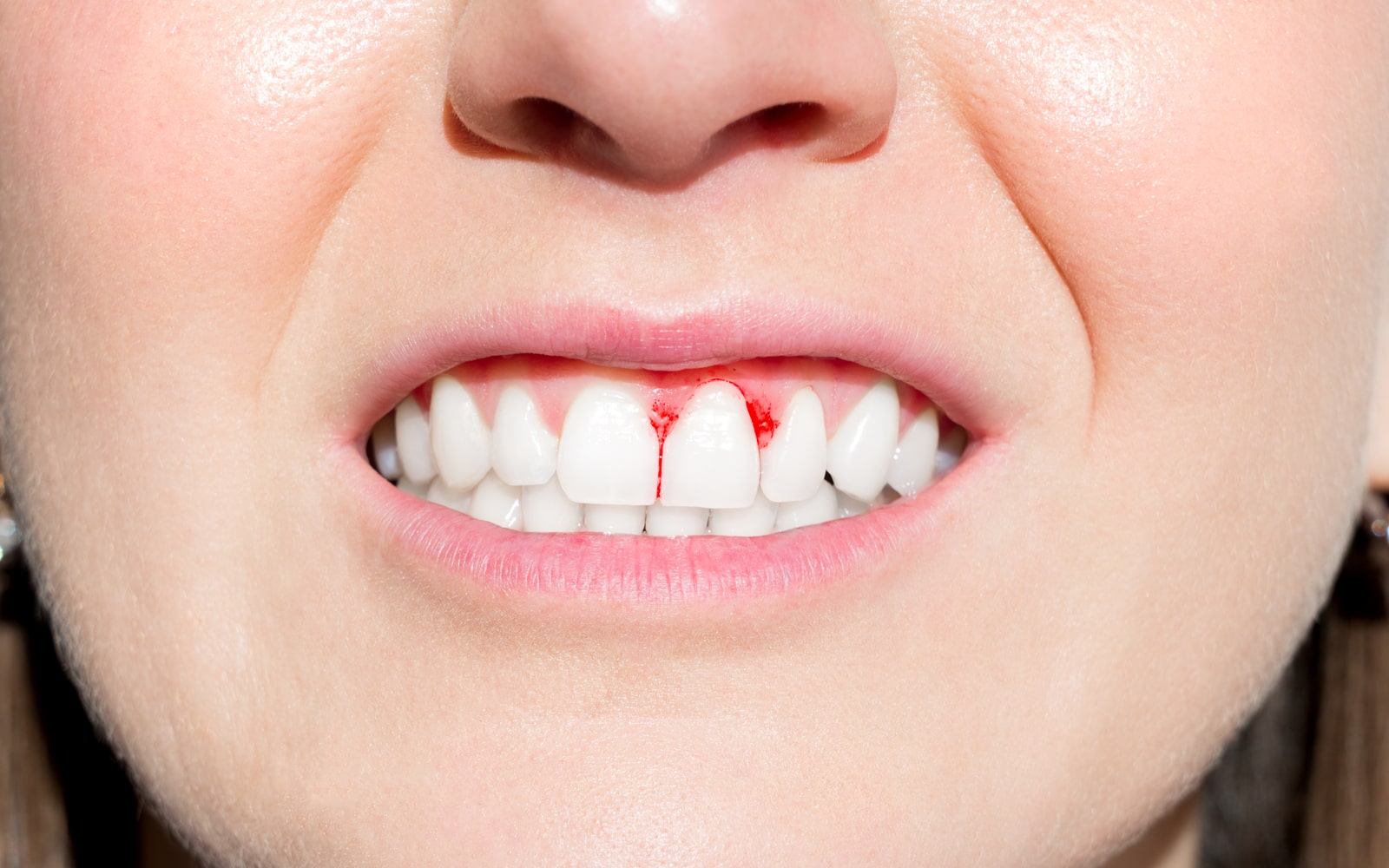Dentistry as we know it has only been around for a few centuries at best. The need for dental care stretches back to the dawn of man, however. Our understanding of oral health and the processes involved is continually growing. It wasn’t until 1875 that periodontal disease was properly defined by dentist John T. Riggs. He termed it a “suppurative inflammation of the gums.” This term indicates that it produces significant amounts of pus. This phrase is an accurate descriptor of periodontal disease, especially in its later stages.
Dental Care And Treatment of Periodontal Disease Through The Ages
The history of dental care stretches back into the annals of history. We have records of dental practices from different cultures stretching back as far as Egypt. Some of the practices they used to treat conditions like gum disease and cavities would make you cringe. Others are relatively routine practices, such as tooth extraction. Consider the following archaic treatments:
- Colonial Era – Without proper toothbrushes, let alone floss or mouthwash, they had to make due. Standard practices were to chew sticks or brush with feathers or bones. The colonists also used salt as an abrasive to care for the teeth.
- Native Americans – These cultures had more efficient methods of caring for their teeth. These processes included using herbs like sage as toothbrushes. The cucacua plant was used by some cultures to produce something like toothpaste.
With the discovery of bacteria, our understanding of dental care advanced relatively quickly. We weren’t guessing at the cause of the problem; we understood it well. With the culprit firmly in our sights, dental science went on the attack. That battle has been ongoing ever since.
Almost immediately following Dr. Riggs defining gingivitis, toothpaste began to become an essential part of our lives. While toothpaste has been around since nearly 500 BC in one form or another, changes were coming. By 1850 the first toothpaste was being sold, with Colgate beginning mass production in 1873.
Toothbrushes in those days could be of anything. There were feathers, boar bristles, horse hairs, and countless other innovations. The closest thing to a modern toothbrush involved a cattle bone handle with inset swine bristles. 1938 would see the invention of nylon, and with it, the modern toothbrush.
Gingivitis Care Beyond Basic Oral Hygiene
These innovations helped prevent the occurrence and advance of gum disease, but they didn’t stop it. Millions of people still struggled with gingivitis and periodontitis, and new treatments were necessary. In 1914 Doctors Grace Rogers Spalding and Gillette Hayden created a foundation to search in earnest. This foundation was known as the American Academy of Oral Prophylaxis and Periodontology. What was discovered is that dental care was far more complex than previously believed. Through the hard work of these women and many like them, dental science has advanced. Their organization was a fantastic success and has continued to serve the dental community through the years. This organization is known today as the American Academy of Periodontology. It remains one of the most prestigious organizations in dental science to this day.


